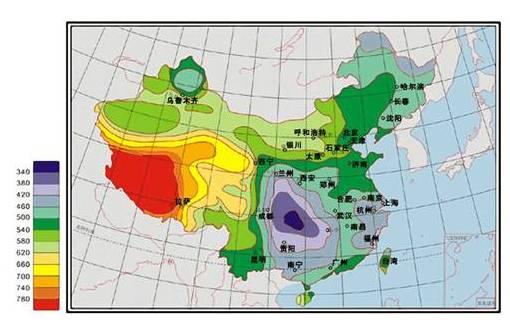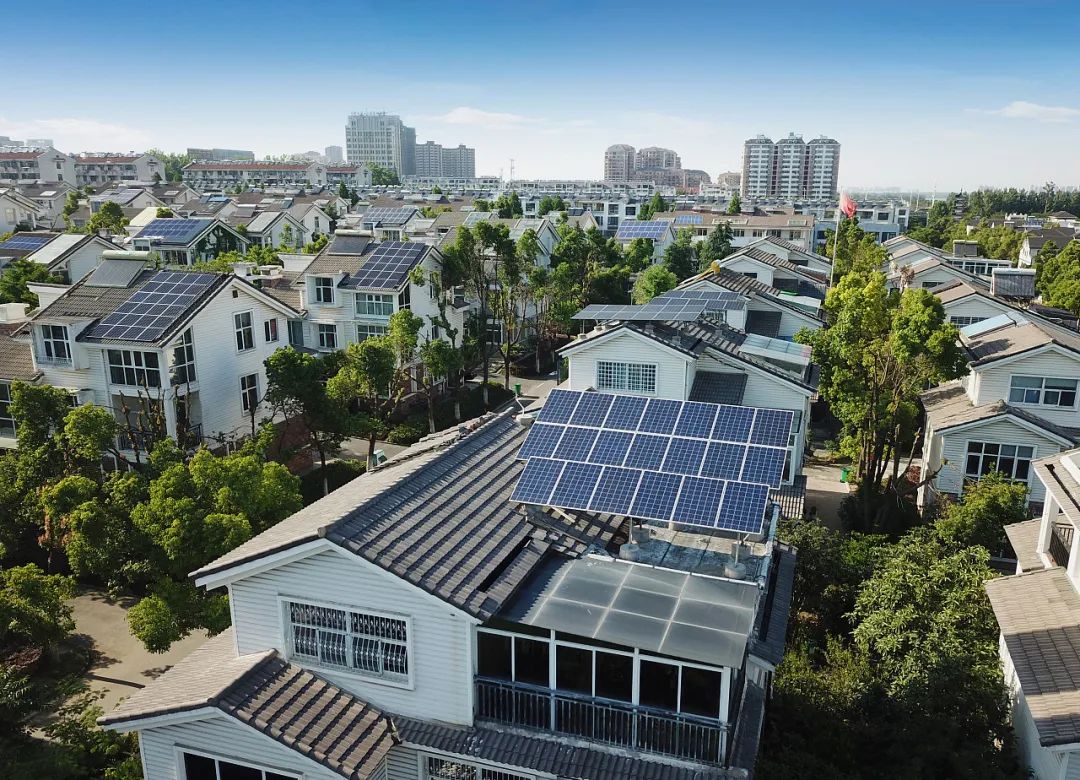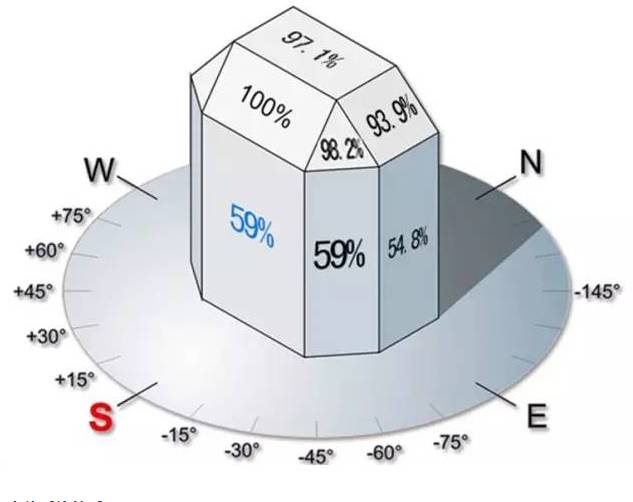With advancements in photovoltaic (PV) production technology and supportive government policies, solar power has become increasingly accessible to households. More families are now installing PV systems on their rooftops. However, many users notice differences in electricity generation even when using the same number of solar panels over the same period. This blog delves into the reasons behind these variations and offers tips to maximize solar power output.
Factors Affecting Solar Power Generation
Environmental Factors
Solar irradiance varies significantly across different regions. Areas with abundant sunlight naturally produce more electricity. China, for instance, has diverse solar resources:
1. **Class I regions**: These include Tibet, Qinghai, and Gansu, which have the richest solar resources.
2. **Class II regions**: Shandong, Henan, southeastern Hebei, southern Shanxi, northern Xinjiang, Jilin, Liaoning, Yunnan, northern Shaanxi, southeastern Gansu, southern Guangdong, southern Fujian, central and northern Jiangsu, and northern Anhui.
3. **Class III regions**: Central and lower Yangtze River regions, parts of Fujian, Zhejiang, and Guangdong.
4. **Class IV regions**: Sichuan and Guizhou, which have the least solar resources.
These differences explain why someone in Gansu might generate more electricity than someone in Jiangsu with the same setup.
Installation Angle of PV Arrays
Solar panels should face the direction that receives the most sunlight (true south is ideal). The optimal tilt angle depends on the location’s latitude. Here’s a general efficiency guide for different orientations and tilt angles:
Quality of PV Systems
High-quality PV products have significantly higher solar conversion rates compared to lower-quality alternatives.
Maximizing Solar Power Output
Optimal Tilt and Orientation
Positioning PV panels to face true south, with a tilt angle adjusted to the location’s latitude, ensures maximum sunlight capture. A deviation within ±20° from true south usually has minimal impact on efficiency.
PV Module Efficiency and Quality
The theoretical power output is calculated as:

Both the panel area and conversion efficiency directly impact the system’s power generation.
Module Matching Losses
Series connections can result in current losses due to variations in module current, while parallel connections can lead to voltage losses due to differences in module voltage. These losses can exceed 8%.
Ensuring Proper Ventilation
Temperature increases can significantly affect PV output. For every 1°C rise, the power output of crystalline silicon PV modules decreases by 0.04%. Proper ventilation helps mitigate this effect.
Dust Accumulation
Dust and organic matter accumulation on solar panels can reduce their efficiency by blocking sunlight, leading to lower output and potential "hot spot" effects, which can damage the modules.
Reducing Cable Losses
While cables constitute a small part of a PV system, their impact on power output is significant. It's recommended to keep the DC and AC circuit losses within 5%. Proper cable selection and installation are crucial, considering insulation, heat resistance, moisture protection, and cable size.
Inverter Efficiency
Inverters are vital components in PV systems. Proper inverter selection ensures the system runs efficiently. Key parameters to consider include:
1. **Rated Output Power**: Ensure the inverter can handle the system’s power capacity.
2. **Output Voltage Regulation**: Consistent voltage output is essential for stability.
3. **Overall Efficiency**: Higher efficiency means less energy is lost during conversion.
4. **Startup Performance**: Reliable startup ensures smooth operation under various conditions.
Conclusion
China is blessed with abundant solar resources, making most regions suitable for PV installations. However, to maximize the benefits, it is essential to consider factors like PV brand, component quality, and installation angles. By optimizing these aspects, PV systems can deliver their maximum potential, providing significant value to users.
Implementing these strategies ensures that solar panels operate at their highest efficiency, contributing to greater energy savings and environmental benefits. As more households embrace solar power, understanding these factors will help users make informed decisions and get the most out of their investments.
If you're interested in learning more about our solar energy storage offerings, we encourage you to explore our product line. We offer a range of panels and battery that are designed for various applications and budgets, so you're sure to find the right solution for your needs.
Website:www.fgreenpv.com
Email:Info@fgreenpv.com
WhatsApp:+86 17311228539
Post time: Aug-06-2024













